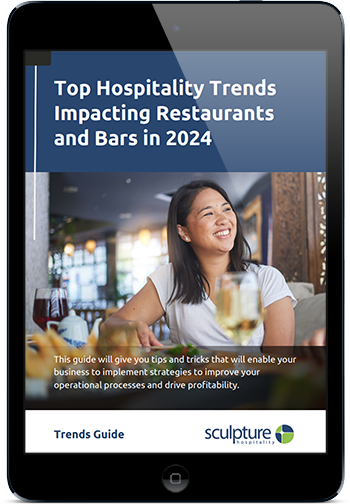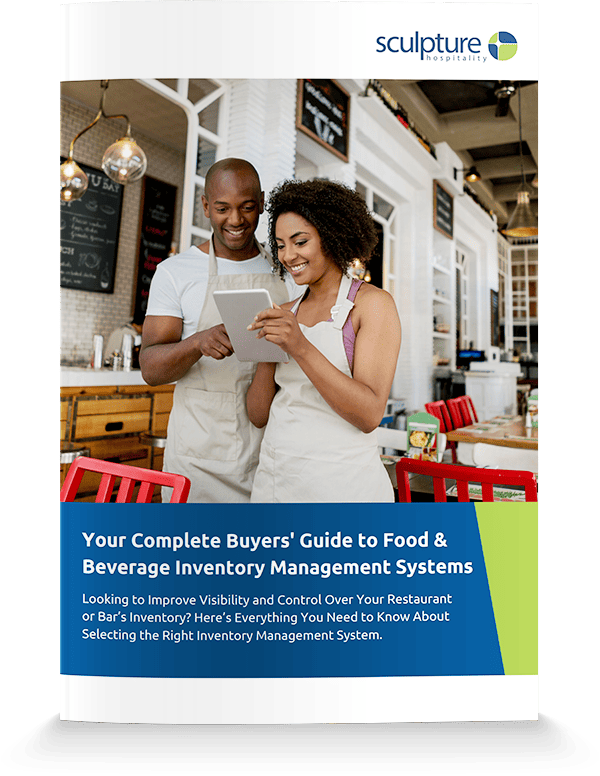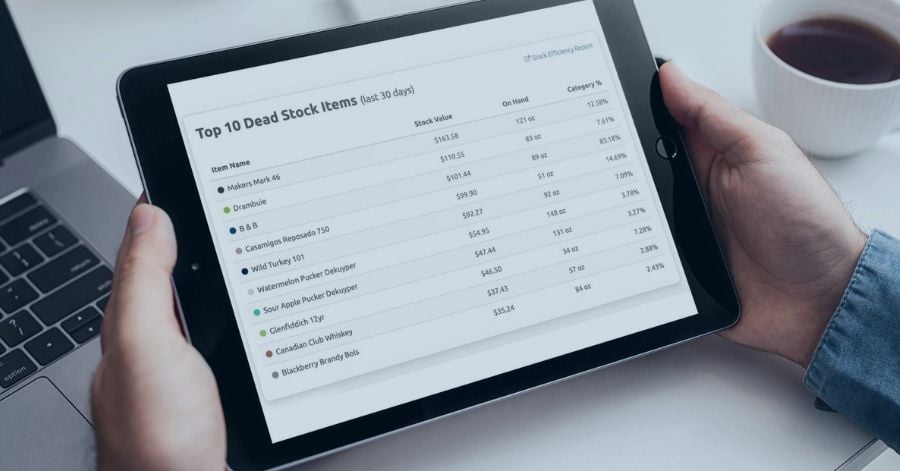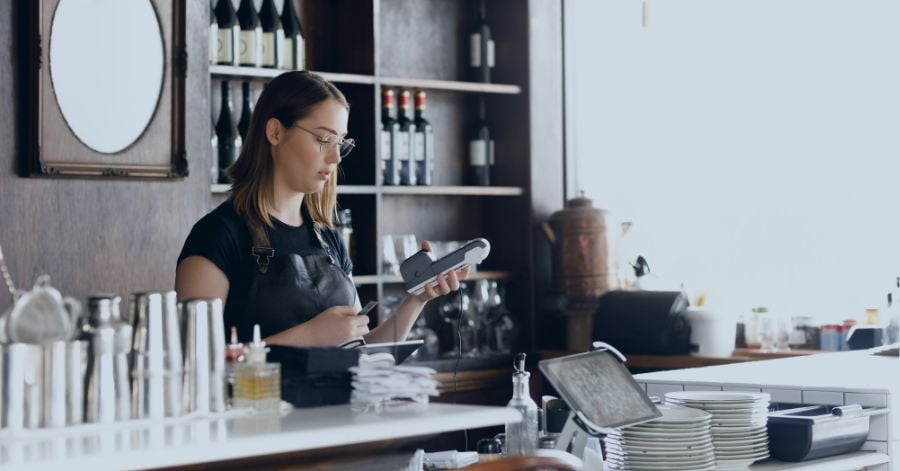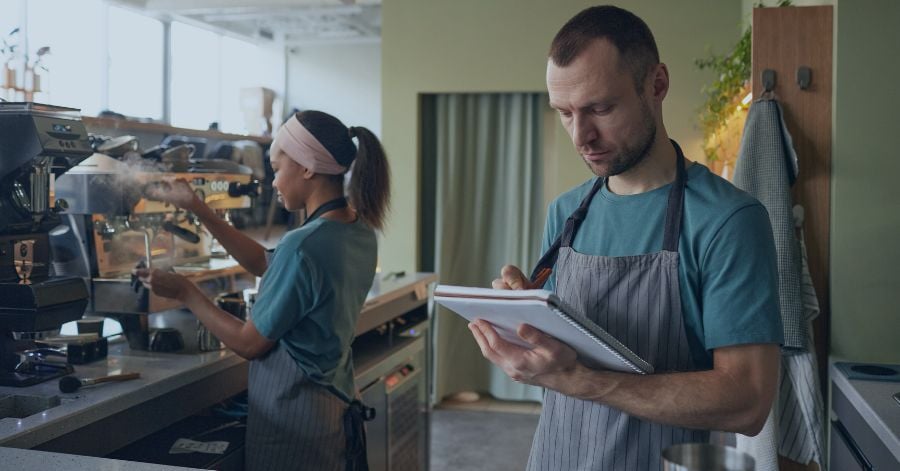Most restaurants have narrow profit margins, typically somewhere between 3 and 6 percent. There’s a range of factors that impact those margins, from restaurant inventory management, menu pricing and product waste.
While profit margin can vary depending on the restaurant, there’s one thing all restaurant owners and managers have in common – they are always looking for opportunities to increase their profit margin.
Before restaurateurs can improve their profit margins (and we will get to some tips on that later), they first need to know how profit margin is calculated.
How to calculate profit margin
There are two profit margin metrics – gross profit margin and net profit margin.
Gross profit margin is your profit percentage after accounting for cost of goods sold (COGS). It does not take other expenses - such as debt, taxes and overhead - into consideration.
Gross Profit Margin = (Net Sales – COGS) / Net Sales x 100
Net profit margin is the bottom line, after all income and expenses are considered. This is your restaurant or bar’s overall ability to turn income into profit.
Net Profit Margin = Net Income / Revenue x 100
Net Income = Revenue – COGS – All Expenses – Interest – Tax
While gross profit margin is important for determining which products produce the most profit when deciding which products to sell to guests, net income is the most important number for determining your business's overall success.
Afterall, you could make excellent margins on your food and beverage offerings but have so many operational and other expenses that you walk away with almost nothing.
So, how do you boost restaurant profit margins?
Here are five ways you can help increase your profit margins and improve your bottom line:
- Focus on staff
Successful restaurants and bars depend on excellent customer service. Even if you offer the best food, a bad customer service experience can push your customers into the seats of a competitor.
To help improve the customer service experience, you need to put a focus on your staff. Make sure that you take the time to hire the right employees and train them properly. To do this:
- Make sure servers and bartenders know the menu inside and out
- Let servers and bartenders try the food and beverages so that they can really talk your items up
- Ensure staff know which beverages pair best with meals
- Tell your staff which items are most profitable so that they can upsell and make recommendations for those items
- Focus on reducing turnover, and keeping your top talent
- Train staff on how to provide the best customer service experience
- Train staff on how to sell more without being pushy
- Invest in your staff’s development
- Let your staff know you value them
- Offer a complete experience
To maximize profits, you need to convince customers who just came in for a drink, or an appetizer, to consider the full dining experience. This can be done with menu inserts that focus on a complete experience, signage around the establishment and recommendations from staff.
- Have menu promotions
While offering a deal to customers can seem like the worst way to make more money, the reality is that it can help increase profits. That is because promotions create buzz, allows customers to try something they haven’t had before and gets people excited to come through your doors. Once there, the deal can be used to drive the full dining experience and upsell products to increase your per customer value.
- Update your menu
While updating your restaurant's menu may include adding new dishes and taking off poor performers, you also want to consider the layout. By making sure feature dishes and images are of popular items with great margins, you can help increase your overall profit margins.
- Manage costs
The most obvious way to increase profits is to reduce costs. But to do this, you need to understand where you are making it and where you are losing it.
Proper inventory management (both food inventory management and beverage inventory management) is one of the best ways to do this. By understanding how much each product offering costs, its turnover and how often it produces spoilage, you can help optimize your food and beverage costs for higher profits.
You also want to look at your profit & loss statement to see where you may be able to cut costs. This may include reaching out to current vendors to discuss possible discounts or alternative products, or finding new vendors with more competitive prices.
If you want to improve your profit margins, contact our team of experts today to find out how Sculpture can help you track key inventory data to make better decisions and improve your restaurant profit margins.



